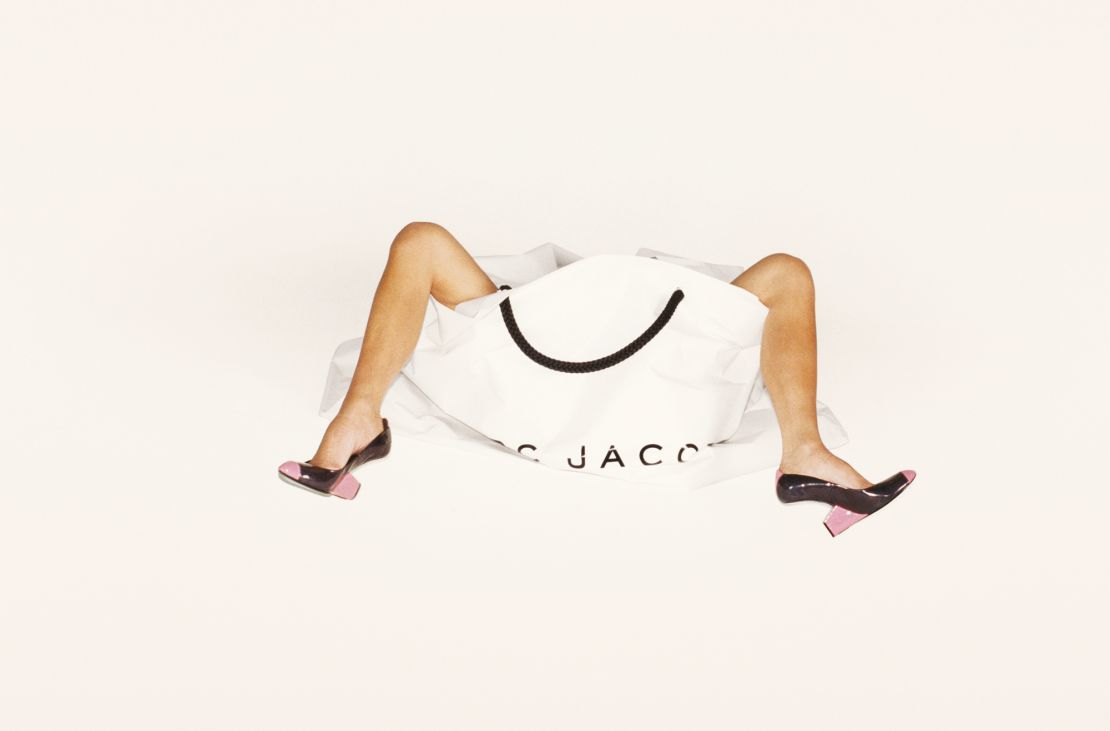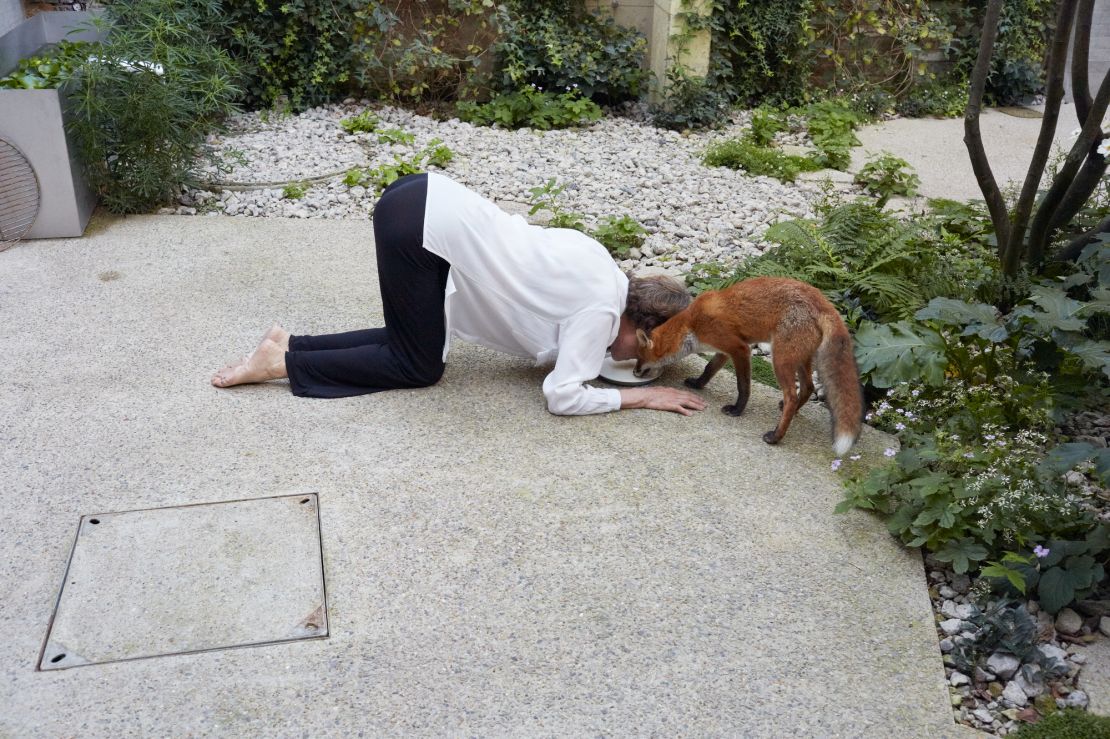Photographer Juergen Teller’s latest book, “Donkey Man and Other Stories,” is a 608-page tome of pictures taken over the course of three decades. The staggering story behind the title and cover image – a self-portrait of the German photographer laying naked across the back of a donkey – is told 50 pages in.
A short passage called “The Donkey Ride” details a harrowing incident that took place in Turkey in the mid-1980s. As Teller writes, he and a former girlfriend endured a long and frightening bus journey that took them to a desert town where his partner began feeling so unwell she ended up in hospital. While taking a break from her bedside, Teller ventured out for a walk. He ended up accepting a donkey ride from a man who, unbeknownst to Teller, would sexually assault him on the animal’s back.
He managed to fight his attacker off but the details of the story are grim, and the experience impacted him so deeply he was left unable to talk about it for years after. “I didn’t tell anyone about it,” he said during an interview in his London studio. “I was so weirded out about it, obviously… I couldn’t say anything to my girlfriend at the time. I was totally in this world of my own and didn’t connect much with the outside world, so that’s half why we broke up.”
So after such a horrific experience, what possessed Teller to photograph himself, decades later, lying naked and vulnerable on top of a donkey?
The answer begins in Frankfurt in 2013, when he was struck by a flashback of the incident while working on a performance piece with the German artist Anne Imhof. Teller’s role was to lead a donkey from outside the Portikus gallery into the white exhibition space and tie the animal up, a task that not only scared him (he was worried he might get kicked) but also resurfaced memories of what happened in Turkey.
‘Truly, deeply personal’
A few years later, Teller sourced his own donkey and shot the cover image in his studio, a large purpose-built space in West London. “I said, ‘I need a donkey. I want to have a donkey here. And I want to be naked on the donkey. And I want to, somehow, write that story,’” he explained.
“You have good experiences, bad experiences, funny experiences. Life is full of complexity and I wanted to show that.”
When it came to choosing the book’s cover, Teller noted that he could have used one of his more familiar pictures. He’s shot iconic photos of Kate Moss, Victoria Beckham and Bj?rk, to name a few – stars that “would have sold more copies.” But it had to be this photograph, he said, because the project is “truly, deeply personal.”
The book also features images and words from Teller’s closest collaborators, including the actor Charlotte Rampling, who Teller has photographed numerous times. In one shot, taken in the courtyard of his studio, the actor sits powerful and poised holding a beautiful fox. A few pages later she is seen again – this time on her hands and knees as she eats or drinks from the same white plate as the fox. The absurdity of the scene is a common trope for Teller, whose sense of humor is often of the twisted variety.
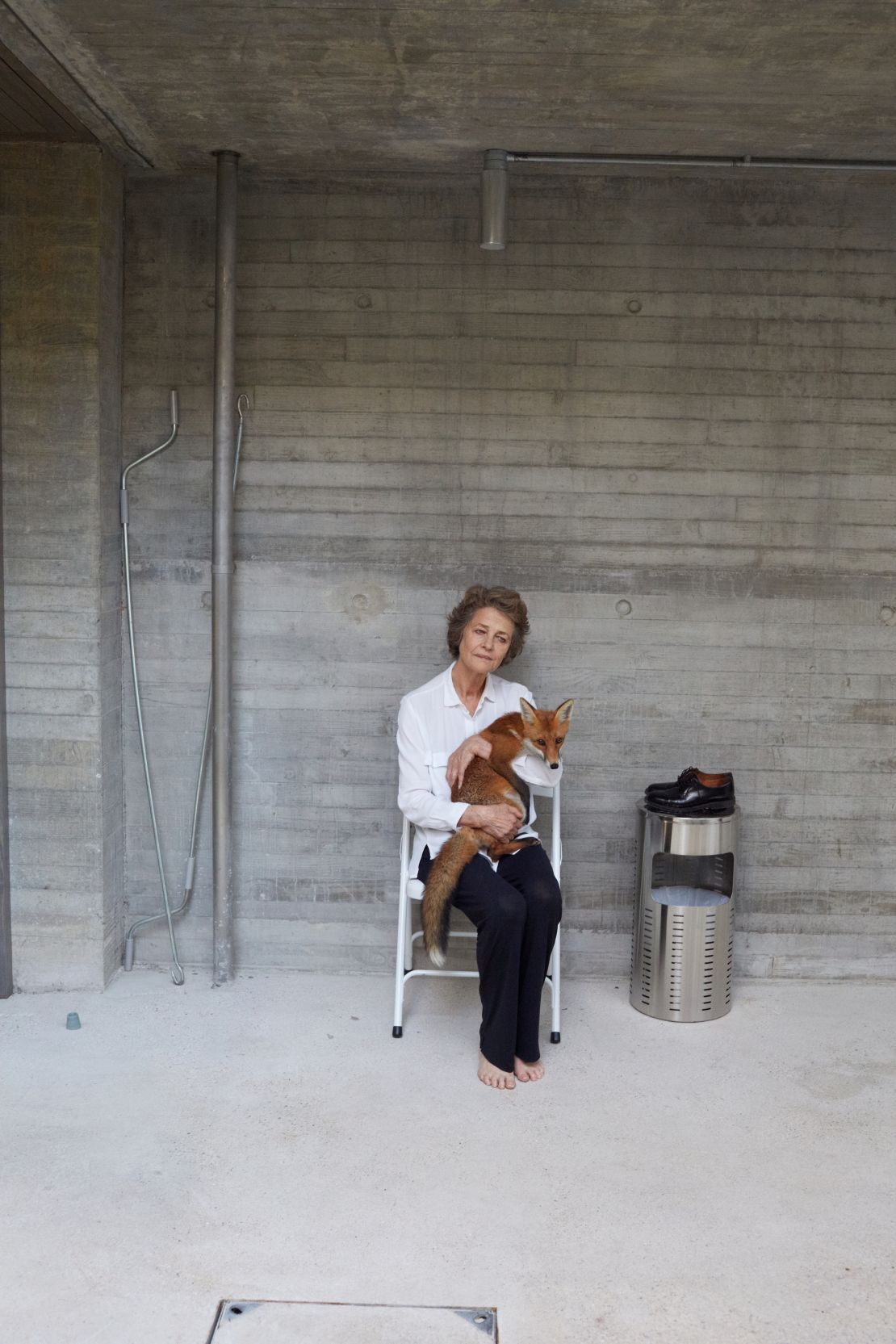
Teller’s photos may be a little challenging to some – there’s lots of nudity, phallic shapes and shots of slugs and frogs scattered throughout the book’s pages. His images often force viewers to question what is sexy, humorous or sad.
He’s also not one for proverbial pedestals. A photo of Kim Kardashian West shows her crawling in the dirt in thigh-high stockings, boots, underwear and a fur coat with her bottom sticking up in the air. Photos of a completely naked Kristen McMenamy, meanwhile, reveal the model’s most intimate body parts.
But Teller rejects the idea that he is demanding of his subjects; these scenes come about quite naturally, he said, adding that he never asks anyone to do anything he considers inappropriate. “I don’t do anything out of spite or where they don’t know what I’m doing,” he said. “It’s always clear what I’m after, I guess.”
So what was he after with the Kim Kardashian photo? “I was entirely interested in her bum, and what that whole thing is,” he said plainly.
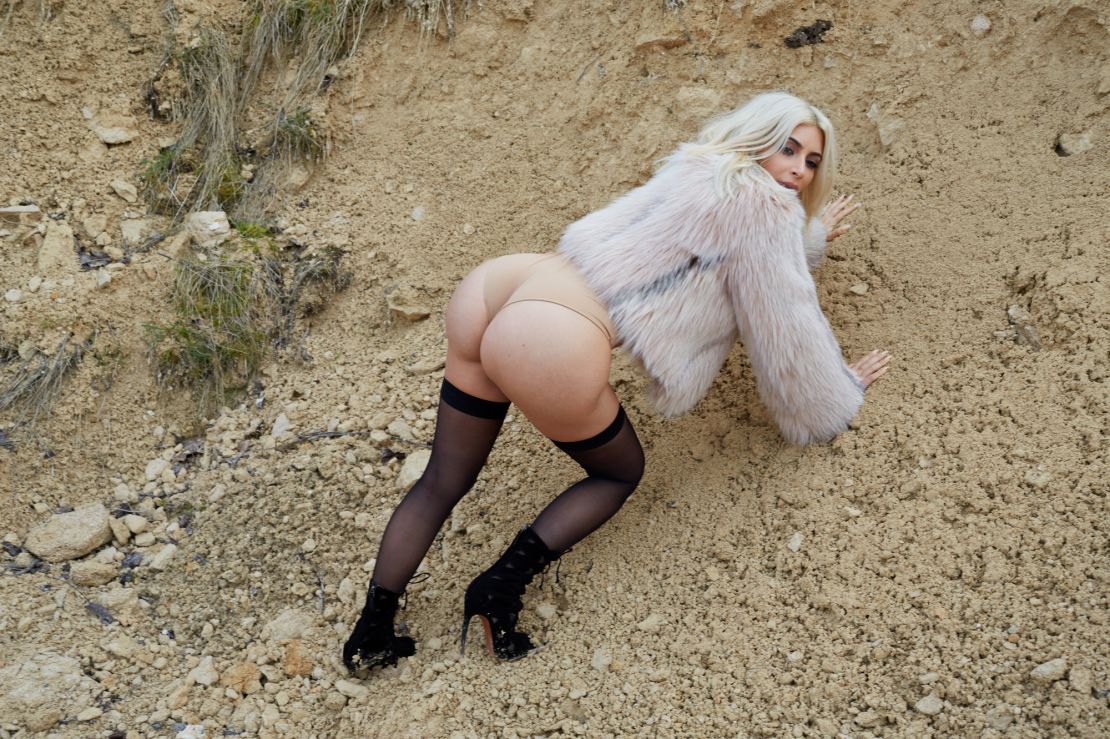
But focusing too heavily on the provocative nature of his work would be reductive. And anyway, as he put it in typical German fashion: “The English are weird about (nudity).”
Teller’s oeuvre is filled with plenty of quiet moments, like the many images of his mother and his pictures of nature. A series of poignant photos he took of the sick children at a hospice in London and the pictures of his dying uncle are raw and soulful, telling quite a different story.
As British Vogue’s editor Edward Enninful wrote in his tribute to Teller in the book, the photographer shows people “as their true selves,” and is “fearless in his honesty.”

Criticism & congrats
It’s remarkable, then, that the fashion industry, a sector that is notoriously controlling and obsessed with presenting perfection, has embraced his work. Equally confounding is that Teller prefers the fashion industry to the art world in many ways, finding the former “more authentic” – but then the fashion world that he sees, through his own work, is. He’s shot for many high fashion brands: his work for Marc Jacobs, particularly the 2008 image of Victoria Beckam’s bare legs protruding from a shopping bag, and his shot of Joan Didion for Celine are just some of his best-known campaigns.
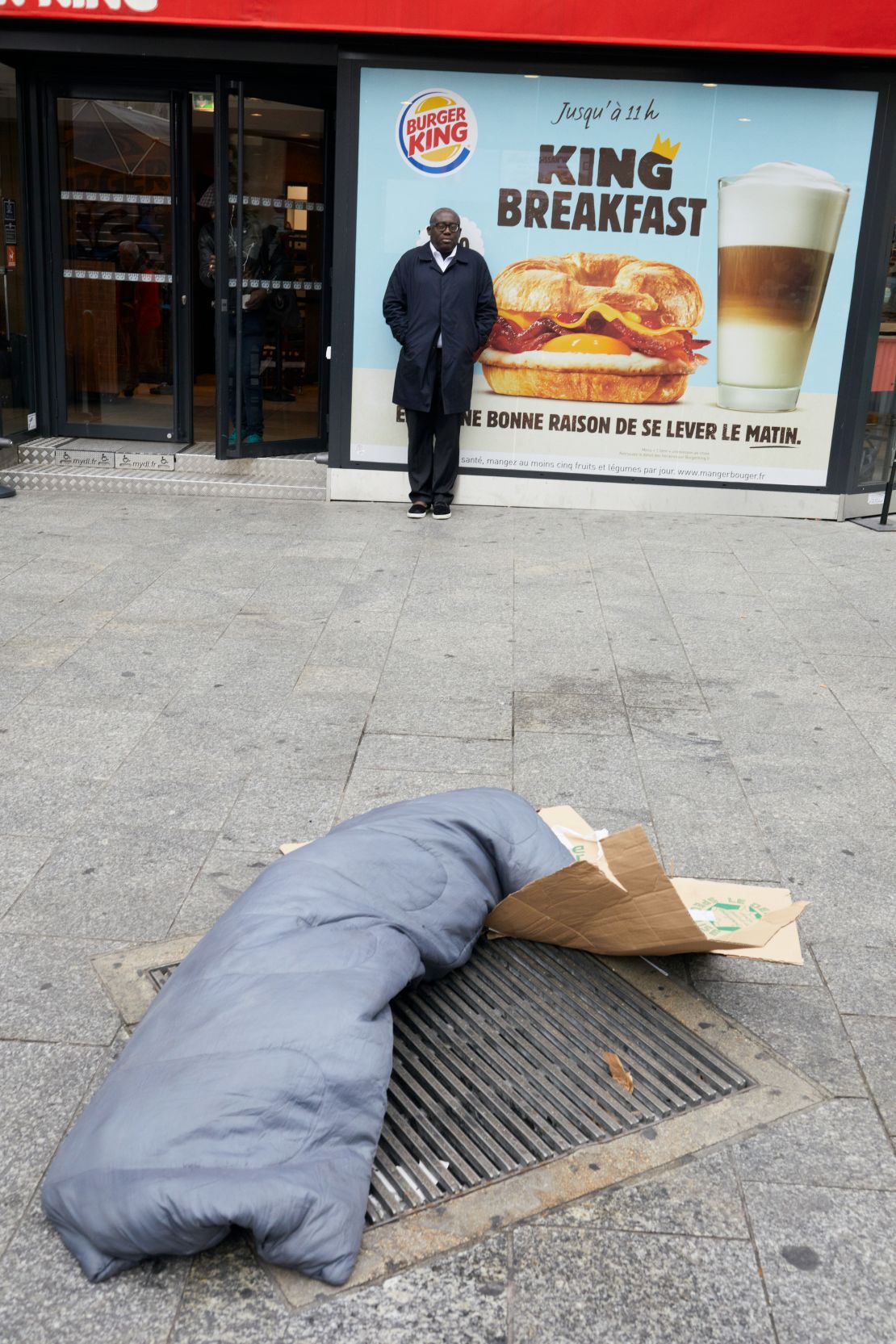
Teller is a photographer who emerged in the 1990s, a time when magazines were still the ultimate way to access fashion and culture. He cut his teeth at cult titles such as The Face and i-D, and he’s shot numerous stories for Vogue. His new book, he said, is a credit to his love of magazines.
Despite all the success and accolades, his work isn’t always understood. A photo story for W magazine went viral last year after social media critics deemed the images lazy and disrespectful. The shoot, featuring a host of established and emerging Hollywood talent including James Corden, Riz Ahmed, Gal Gadot and Taylour Paige, took place outdoors, mostly against the backdrop of parked cars on an unremarkable street in Los Angeles. A tweet by Ahmed, in which he said, “This @wmag shoot was the fastest of my life. 20 seconds, two clicks. Juergen Teller is the OG,” seemed to spark much of the criticism – photos that were supposed to be candid were deemed careless by many.
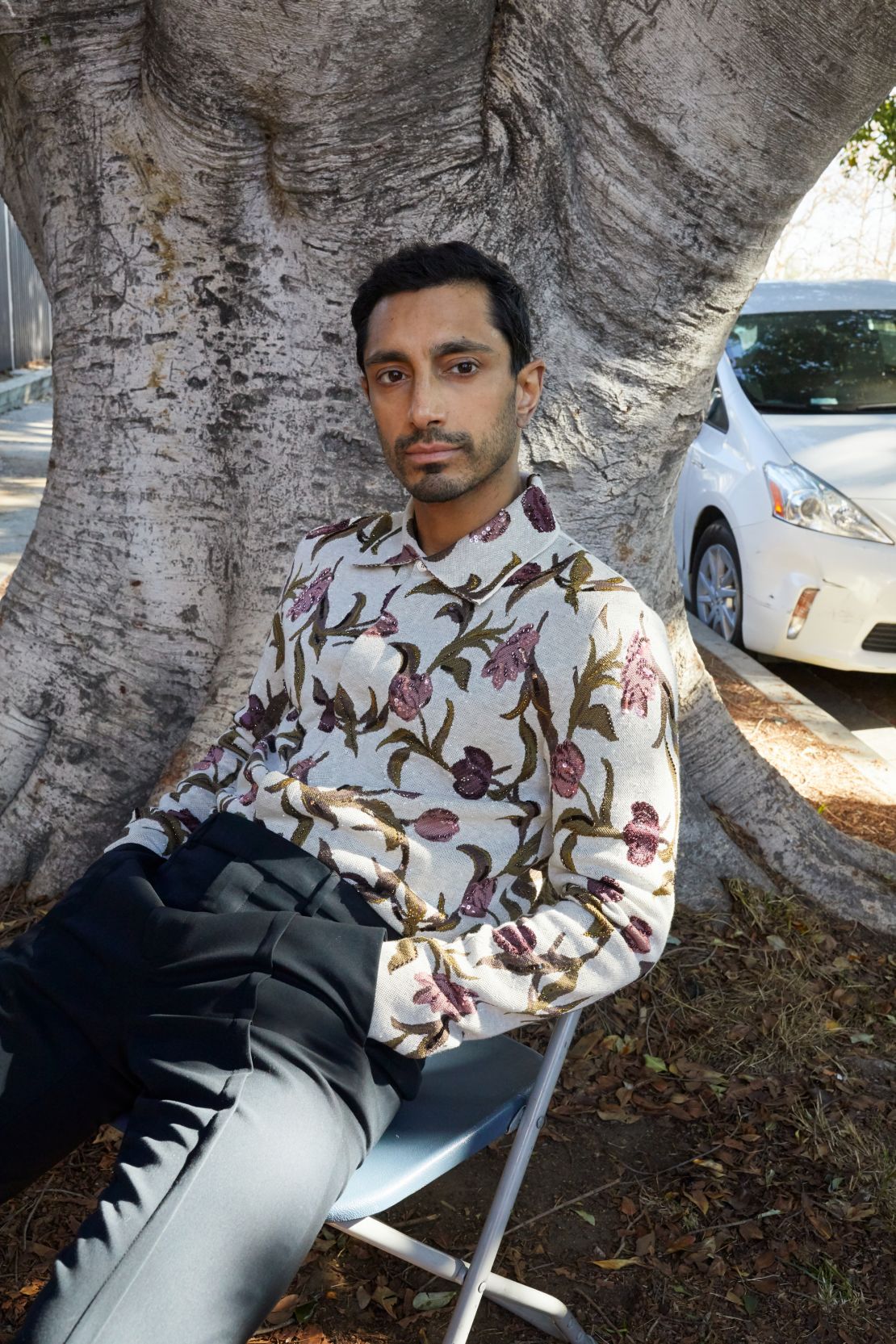
The outrage caught Teller completely off-guard, and it stung. “Yes I care, of course, I always care – I care a lot,” he said, reflecting on the backlash. “(The fact that they) didn’t get it, that really bothered me.”
He eventually turned the experience into another project, publishing the tweets and memes in the Spring/Summer 2021 issue of Pop magazine under the title “Notes About My Work.”
Some of the images also appear in a new exhibition at the Suzanne Tarasieve Gallery in Paris. Called “Auguri,” Italian for “congratulations,” the exhibit marks a new chapter for the 57-year-old, who is newly remarried to his creative partner and muse Dovile Drizyte. One of the photo series on display, “We are Building our Future Together,” shows the couple dressed in high-visibility jackets on various construction sites in Venice and Naples, where they held their wedding this summer. One photo shows the couple grinning in matching yellow hard hats as they pose with a playfully positioned drain pipe.
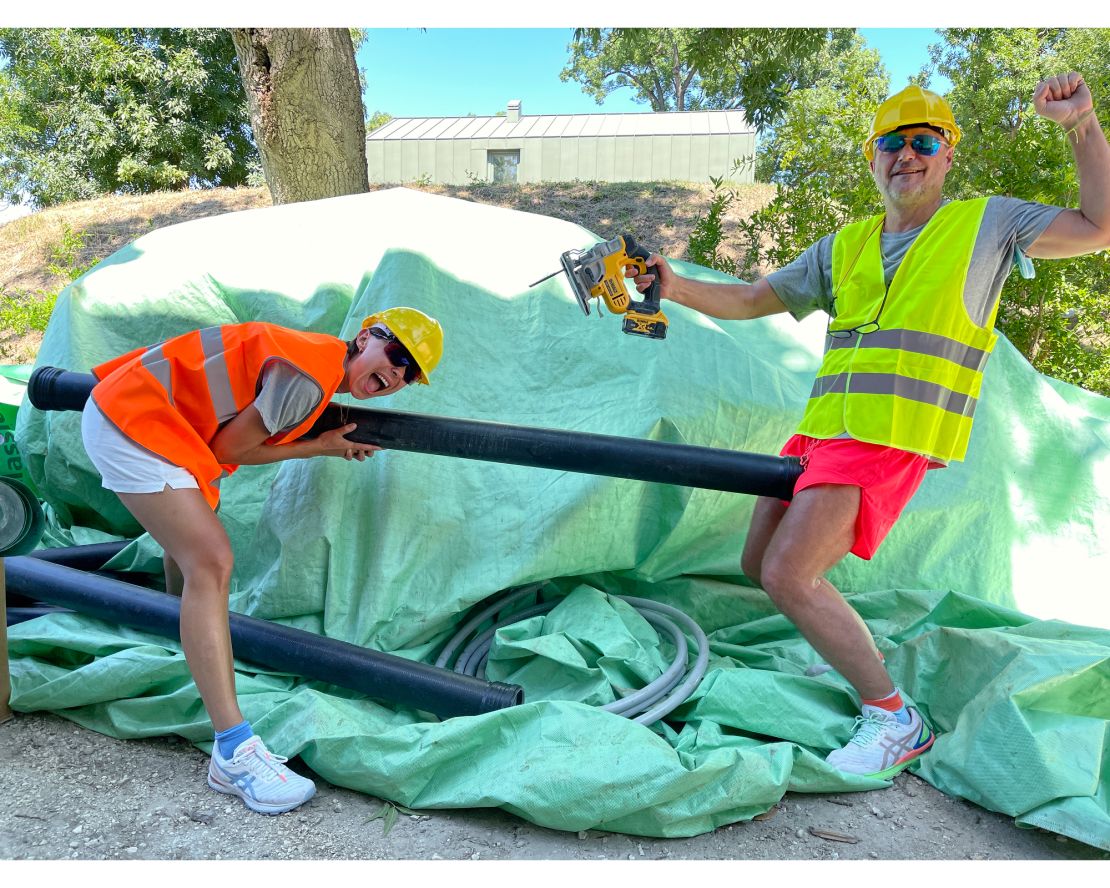
A twist of fate
Our interview runs over by a considerable amount of time but Teller is full of stories. Many more are captured in the book, like the tale of his O.J. Simpson photo, taken while shooting the notorious former NFL star in Miami. Simpson, who Teller couldn’t wait to get away from, apparently asked him point blank, “Juergen, who do you think did it?” (referring to the murder of Nicole Brown) to which Teller replied, “O.J., I’ve got no idea. I wasn’t there.” Apparently screaming with laughter, Simpson raised his hands up to the sky and said, “Only God knows.”
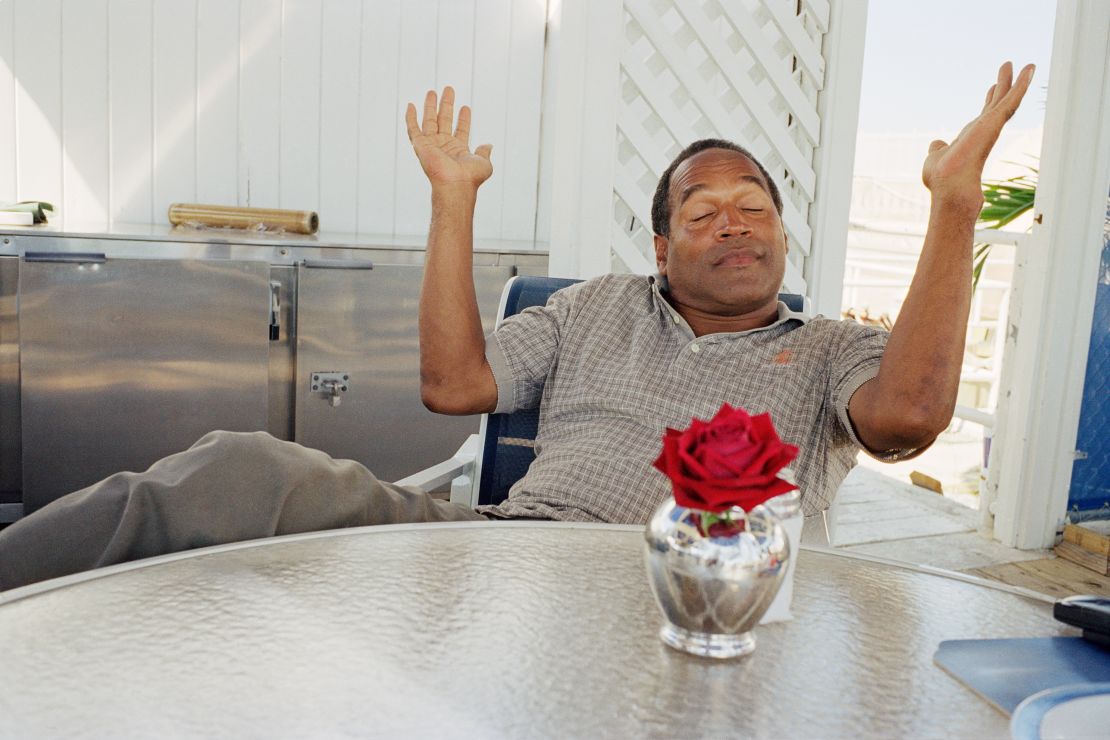
A section of the book is also dedicated to a trip Teller and Drizyte took to Iran right before the pandemic. Once again, the story takes an unexpected turn when the pair miss their return flight and end up at Tehran airport on the day that Iran fired several missiles at Iraqi bases housing American troops in retaliation for a US drone strike that had killed Iran’s top commander, Qasem Soleimani, the week before.
Unbelievably, the couple were then offered, but declined, two seats on the ill-fated Ukrainian Airlines flight that was shot down by Iranian forces shortly after take-off, killing all 176 people on board.
Curating a book of such scale could have proven overwhelming, but Teller seems unfazed. In fact, he was keen to point out this is only Volume 1, suggesting there’s more to come.
His ambitions don’t end there. He is planning a huge, museum-scale solo show at Paris’ Grand Palais éphémère, a 10,000-square-meter (108,000-square-foot) space erected to house exhibitions while the historic Grand Palais is under construction. Exactly how he’ll use the space remains unclear but there’s little doubt he’ll have trouble filling it.
“Juergen Teller: Donkey Man and Other Stories,” published by Rizzoli, is out now.

